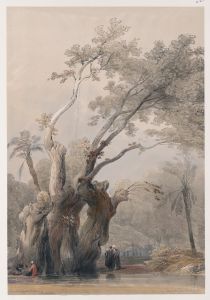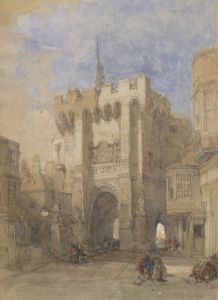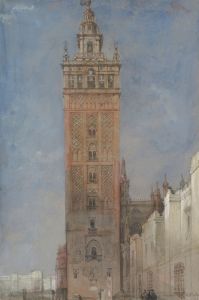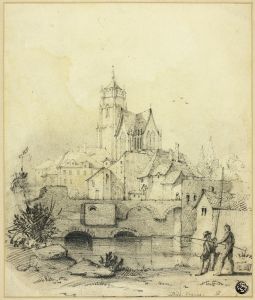
Gate of the Metwaleys [Bab Zuwayla], Cairo.
A hand-painted replica of David Roberts’s masterpiece Gate of the Metwaleys [Bab Zuwayla], Cairo., meticulously crafted by professional artists to capture the true essence of the original. Each piece is created with museum-quality canvas and rare mineral pigments, carefully painted by experienced artists with delicate brushstrokes and rich, layered colors to perfectly recreate the texture of the original artwork. Unlike machine-printed reproductions, this hand-painted version brings the painting to life, infused with the artist’s emotions and skill in every stroke. Whether for personal collection or home decoration, it instantly elevates the artistic atmosphere of any space.
David Roberts' painting "Gate of the Metwaleys [Bab Zuwayla], Cairo" is a notable work that captures one of the most iconic historical sites in Cairo, Egypt. David Roberts, a Scottish painter born in 1796, is renowned for his detailed and picturesque depictions of architectural and historical sites across Europe and the Middle East. His works are particularly valued for their historical accuracy and artistic quality, as he often painted from direct observation during his travels.
The painting depicts Bab Zuwayla, one of the remaining gates in the walls of the Old City of Cairo. This gate is a significant monument in Cairo's Islamic history and architecture. Constructed in the 11th century during the Fatimid Caliphate, Bab Zuwayla served as a southern entrance to the city and was part of the fortifications that protected Cairo. The gate is named after the Zuwayla tribe, who were responsible for guarding it.
Roberts visited Egypt in the early 1830s, a time when European interest in the region was growing, partly due to the fascination with ancient Egyptian civilization and the broader Orientalist movement. His journey through Egypt was part of a larger expedition to the Near East, which included visits to the Holy Land and other parts of the Middle East. During his travels, Roberts produced numerous sketches and studies, which he later developed into full-scale paintings and lithographs upon his return to Britain.
In "Gate of the Metwaleys [Bab Zuwayla], Cairo," Roberts captures the architectural grandeur and intricate details of the gate. The painting showcases the twin minarets that flank the gate, which are among its most distinctive features. These minarets were added in the 15th century and have become a defining characteristic of the structure. The artwork also reflects the bustling life around the gate, with figures depicted in traditional attire, engaging in daily activities, which adds a dynamic element to the scene.
Roberts' work is characterized by its attention to detail and the use of light and shadow to enhance the three-dimensional quality of the architecture. His paintings are not only artistic achievements but also serve as valuable historical records of the sites he depicted, many of which have changed significantly over time.
The significance of Bab Zuwayla extends beyond its architectural features. Historically, it has been a site of various important events, including public ceremonies and executions. Its strategic location and robust construction made it a key point in the defense of Cairo throughout its history.
David Roberts' paintings, including "Gate of the Metwaleys [Bab Zuwayla], Cairo," were widely acclaimed and contributed to the Western understanding and appreciation of Middle Eastern architecture and culture. His works were published as lithographs in a series titled "The Holy Land, Syria, Idumea, Arabia, Egypt, and Nubia," which gained considerable popularity and remain influential to this day.
In summary, "Gate of the Metwaleys [Bab Zuwayla], Cairo" by David Roberts is a significant artistic and historical representation of one of Cairo's most important architectural landmarks. Through his meticulous work, Roberts provides a window into the past, capturing the essence of a vibrant and historically rich city.





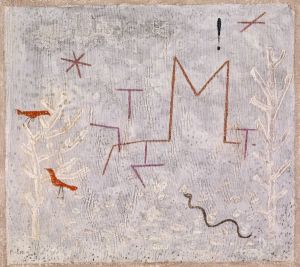
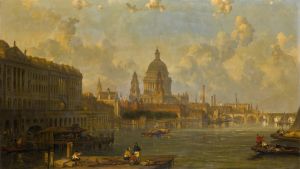
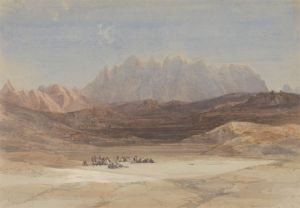
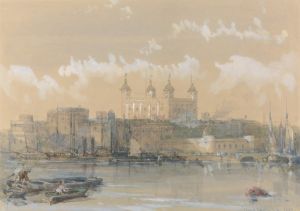
![Lateral view of the temple called the Typhonæum, at Dendera [Dandara].](/imgs/217507/s/david-roberts-lateral-view-of-the-temple-called-the-typhonaeum-at-dendera-dandara-b378b9d7.jpg)
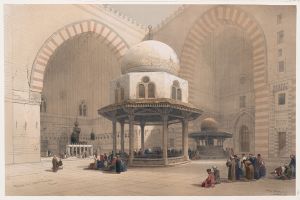
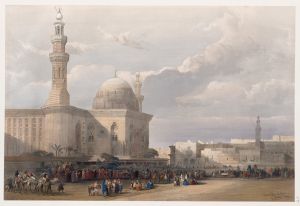
![Temple of Dandour [Dendûr], Nubia.](/imgs/217545/s/david-roberts-temple-of-dandour-dendur-nubia-8921547f.jpg)
